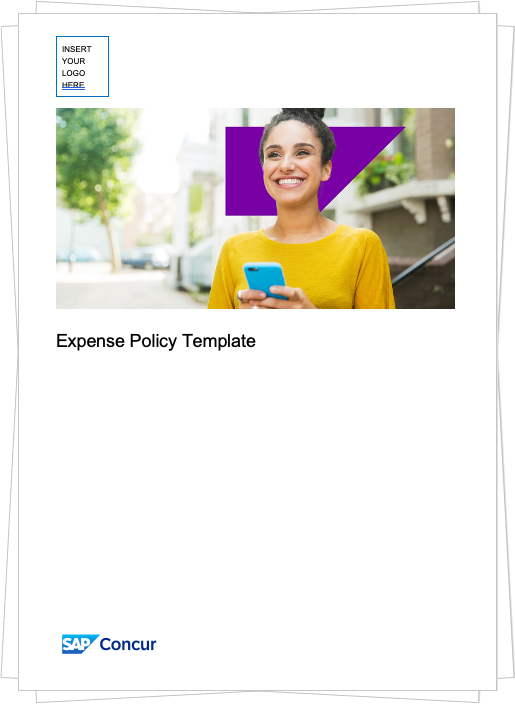Three Steps to Creating a Best-Practice Expense Process
Business travel conjures mixed emotions. In one sense, it can be a huge revenue generator, as well as a sign of goodwill towards customers. On the other hand, the challenge of the entire travel and expense process—everything from filing expense reports, to auditing, to reimbursement— can feel like more trouble than it’s worth. The key to gaining the best of both worlds is ensuring your expense process follows industry best-practices, resulting in time and money savings, not to mention an overall improved experience for your employees. This begs the question: How do you go about creating a best-practice expense process?
Here are three steps to kickstart your efforts for a process that benefits both your company and your employees.
Step 1: Start with a review and audit
Before you can even begin to make any changes, you must first know where you stand. Start by giving your current expense and travel process a thorough review. Not only will you want to read through the policy itself, but examine all corresponding documentation, such as the actual expense reports or reimbursement procedure. Make a note of any areas of improvement, anything from wording to the process, to the technology being used.
Go beyond just reviewing, and interview employees about the pain points they are experiencing when filling out, auditing, or processing an expense report. Find out exactly where they experience the most issues, what they think is causing these struggles and any suggestions for improvement. You will be surprised by some of the feedback you receive, and to learn where there is confusion and bottlenecks.
Step 2: Outline your expectations
Employees expect to be reimbursed for all their expenses. Seems pretty cut and dry. But, if they don’t know what information or documentation is needed to get reimbursed, things start getting messy. Keep your expectations simple and straightforward, clearly stating all the documentation needed for reimbursement. Take time to review expectations and policies with managers and finance, so all those involved in the process have a clear understanding.
Keep in mind, your expectations can go beyond documentation. If there are preferred vendors, make sure to make note. If there are certain expenses that do not count as “business” expenses, make note of that too. Put a time limit on claiming expenses. You don’t want an expense from a year ago to suddenly show up and wreak havoc on your finance goals and forecasts.
Step 3: Plug any leaks
Now is the time to get hands-on. Any areas of ambiguity in your expense process can leave the door open for confusion, miscommunication, and even fraud. Take a little time to review receipts to see if expense reports are matching up, if not, take action. Consider implementing a corporate card policy to get a tighter control on expense management.
How does your expense process fare on the road? Are you making it easy for employees to submit expenses while they are traveling? Consider implementing mobile-friendly software to ensure employees can easily capture their expenses while they are away from the office.
Time to get started
Creating an expense process that is effective and easy to understand starts with educating yourself. It's not only important to have a firm understanding of best practices, but knowing how to implement them makes all the difference. Begin by using our expense policy builder tool to create your very own customizable expense policy template in just a few minutes.

